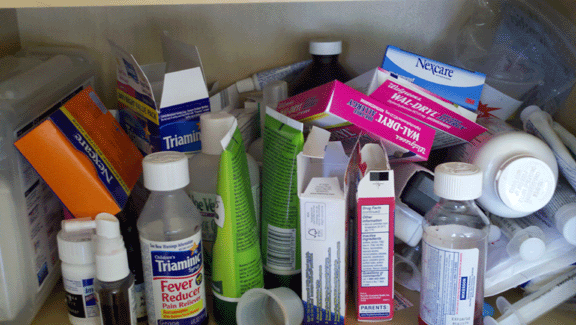According to the U.S. Consumer Product Safety Commission (“CPSC”), there were an estimated 9,600 fireworks related injuries during the Fourth of July season in 2011. Most of these injuries would not have occurred if the fireworks had been used under close adult supervision and if some basic safety steps had been taken.
The National Council on Fireworks Safety offers these common sense safety tips for using consumer fireworks in hopes that injuries to consumers can be greatly reduced this season:
- Know your fireworks; Read the warning labels and performance descriptions before igniting.
- Have a designated shooter to organize and shoot your family show.
- Alcohol and fireworks do not mix. Save your alcohol for after the show.
- Parents and caretakers should always closely supervise teens if they are using fireworks.
- Parents should not allow young children to handle or use fireworks.
- Fireworks should only be used outdoors.
- Always have water ready if you are shooting fireworks.
- Obey local laws. If fireworks are not legal where you live, do not use them.
- Wear safety glasses whenever using fireworks.
- Never relight a “dud” firework. Wait 20 minutes and then soak it in a bucket of water.
- Soak spent fireworks with water before placing them in an outdoor garbage can.
- Never attempt to alter or modify consumer fireworks and use them only in the manner in which they were intended.
- Report illegal explosives, like M-80s and quarter sticks, to the fire or police department.




